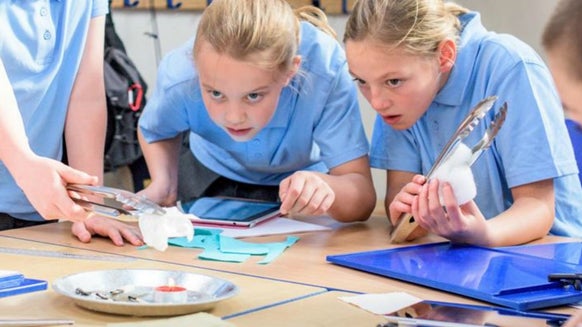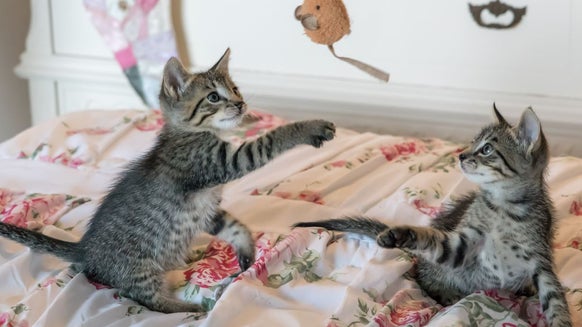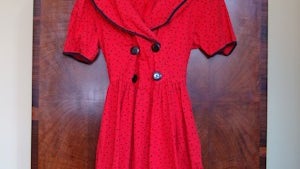Selling Antiques in the Digital Age: Earn more than you expected!
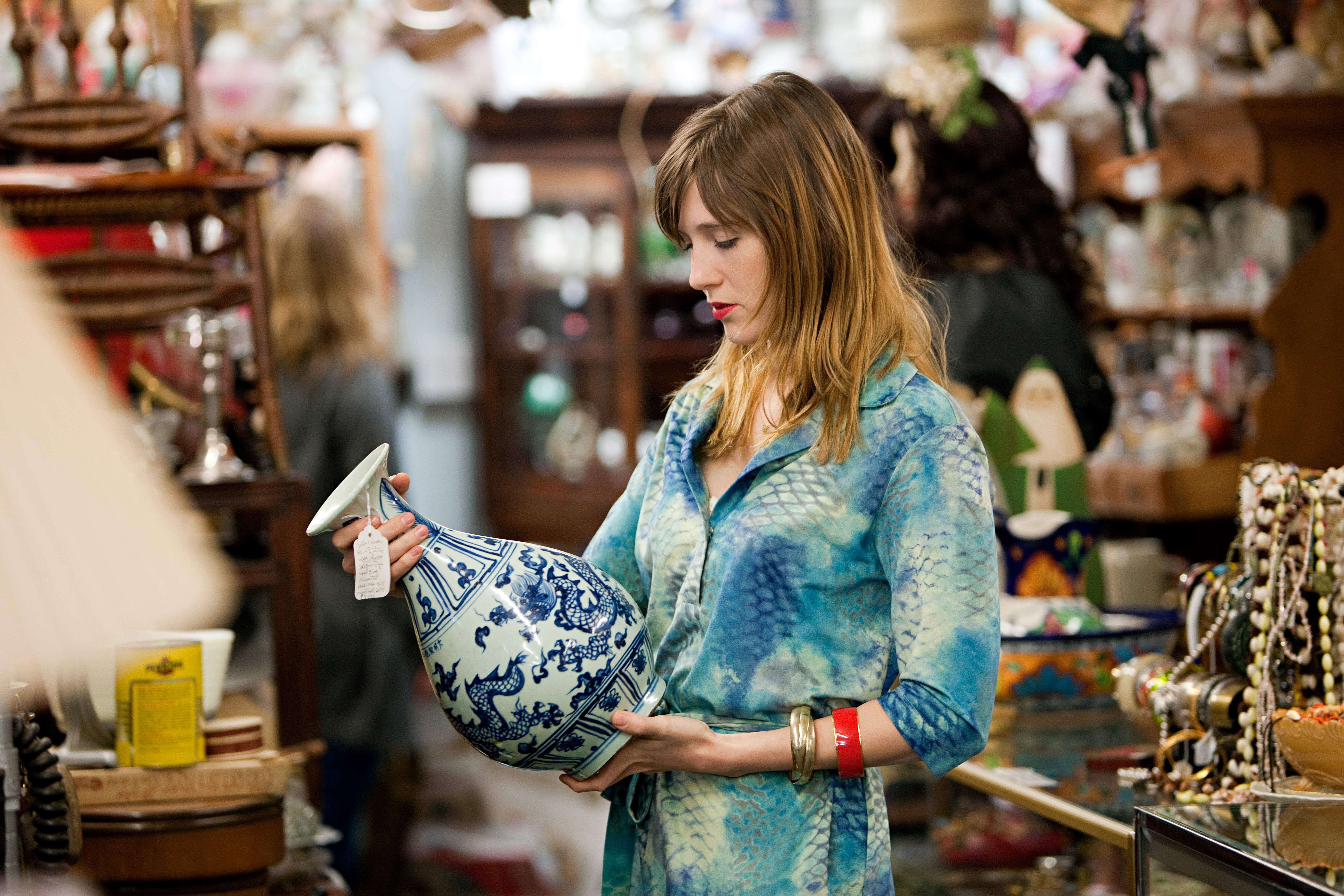
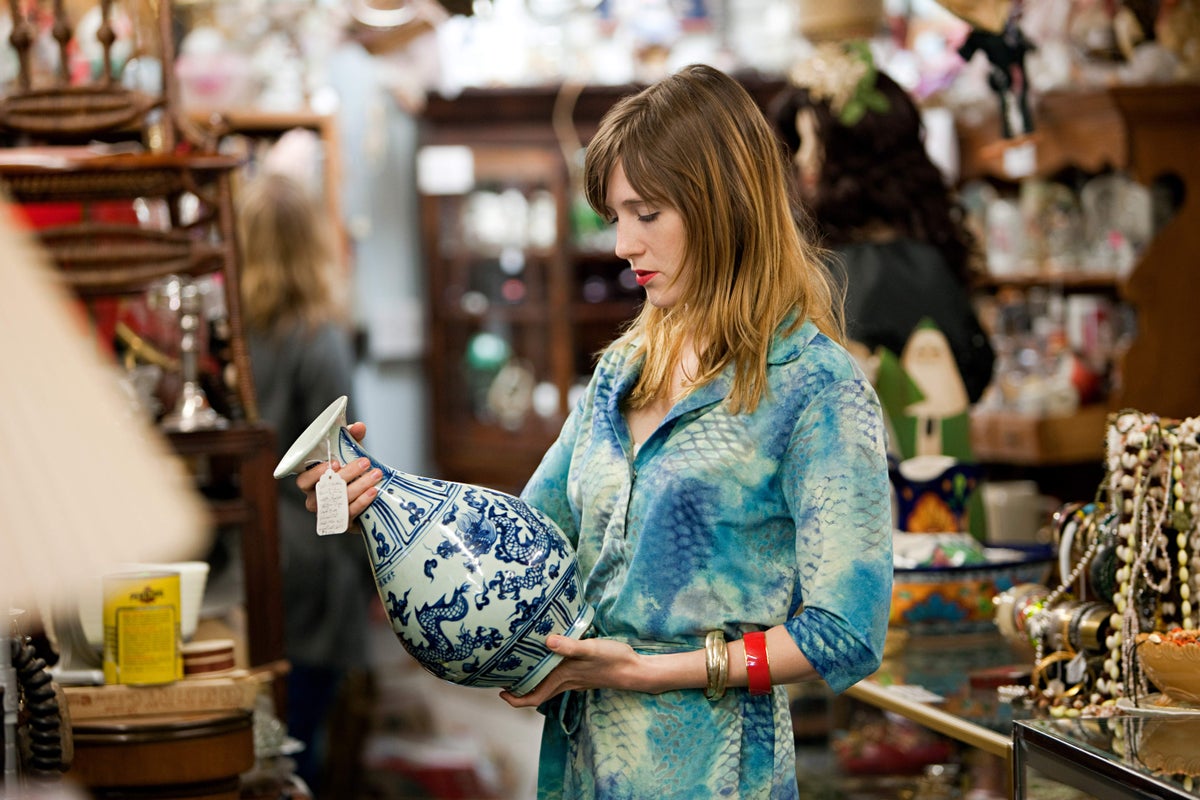
Let's Discuss Antiques... Where Old becomes Gold!
Antiques, like time-traveling storytellers, whisper tales of bygone eras and the hands that crafted them. Each piece carries with it a unique history, a glimpse into the past that ignites curiosity and wonder. From intricately carved furniture to delicate porcelain, antique treasures span centuries of human craftsmanship and creativity. They evoke a sense of nostalgia, transporting us to distant lands and forgotten moments. Whether it's a vintage typewriter that once echoed with the clatter of words or a weathered map that guided explorers on their journeys, antiques hold a special allure that transcends time. As guardians of our heritage, they remind us of our shared human experience and the enduring beauty of the past.
How Old is an Antique?
In the world of antiques, age is more than just a number; it's a story waiting to be told. Generally speaking, an item is considered an antique if it's over 100 years old. That's right, we're talking about pieces that have weathered the storms of time and emerged as timeless treasures.
But wait, there's more! While the 100-year mark is a good rule of thumb, some experts argue that true antiques must be at least 150 years old to truly capture the essence of antiquity. It's like the fine wine of the vintage world, aging gracefully and gaining character with each passing year.
Attract buyers who appreciate the beauty, history, and craftsmanship of antique pieces. Our tips will help you navigate the exciting world of antique sales in our digital era with ease and confidence.
Seeking distinctive and timeless antique treasures? Dive into our curated collection of antiques and ornaments, where each piece tells a story of its own.
Click here to embark on a journey through history and find your next cherished heirloom.
Interesting Facts about Antiques:
Patina: The natural wear and aging of materials like wood, metal, and leather give antiques their unique character and charm. Collectors often value the patina, as it adds to the authenticity and history of the piece. Provenance: The history and ownership of an antique, known as provenance, can significantly impact its value. Items with a documented provenance tracing back to notable figures or historical events often fetch higher prices at auctions. Fakes and Forgeries: The world of antiques is rife with fakes and forgeries, making authentication a crucial aspect of collecting. Experienced collectors and appraisers rely on factors like craftsmanship, materials, and historical context to distinguish genuine antiques from reproductions. Types of Antiques: Antiques encompass a wide range of items, including furniture, jewelry, ceramics, paintings, textiles, and more. Each category has its own set of characteristics, styles, and periods that collectors study and appreciate. Regional Variations: Different regions and cultures have distinct styles and periods of antique craftsmanship. For example, Chinese antiques may feature intricate porcelain and jade work, while European antiques may include ornate furniture and elaborate tapestries. Value Trends: The value of antiques can fluctuate based on market trends, collector preferences, and historical significance. Certain periods or styles may experience surges in popularity, driving up prices for specific types of antiques. Preservation and Conservation: Proper care and maintenance are essential for preserving the condition and value of antiques. Factors like temperature, humidity, and exposure to light can affect the integrity of materials and contribute to deterioration over time. Collector Communities: Antiques enthusiasts often form communities and organizations dedicated to the study, preservation, and appreciation of historical artifacts. These groups provide opportunities for networking, education, and sharing knowledge among fellow collectors. Emotional Connection: Beyond their monetary value, antiques often hold sentimental value for collectors, connecting them to the past and preserving memories for future generations. Each antique has a unique story to tell, making it more than just an object but a piece of living history.
How to Evaluate your Antiques such as Dressing Tables and Dolls Houses:
- Research the history, craftsmanship, and market value of your antique pieces to determine their worth.
- Get a Professional Opinion: If you're unsure about the value of your antiques, don't hesitate to seek the expertise of a professional appraiser. They can provide an accurate assessment of your items and help you determine the best selling price.

How do I Sell Antiques?
Whether it's a delicate porcelain teacup from the Victorian era or an antique doll house from the Renaissance period, antiques are like little time capsules that allow us to peek into the past and marvel at the craftsmanship and beauty of bygone eras.
It’s important to think about these key factors;
- Presentation is key when selling antiques! Take high-quality photos of your items and create detailed listings that highlight their unique features and history. The more information you provide, the more likely you are to attract potential buyers.
- When it comes to pricing antiques, it's essential to be realistic and flexible. Consider factors like condition, rarity, and demand when determining your selling price, and don't be afraid to negotiate with potential buyers.
- Market and sell your items making sure the photos and descriptions are clear, concise and deeply informative.
Unlock the Secrets to Selling Antique Furniture, Dressing Tables, and Floor Lamps with These Expert Tips:
________________________________________________________________________________________________
Antique Lamp: Antique floor lamps may require rewiring or restoration to ensure they are safe and functional for modern use. Be transparent about the condition of the wiring, they may come with antique brass wall sockets which give an additional aesthetic flare. Talk about any restoration work that has been done on the lamp in your listings.
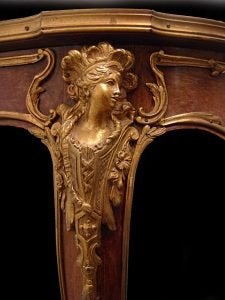
Antique Furniture: Every piece of antique furniture has a story to tell, whether it's the history of its craftsmanship, previous owners, or unique provenance. Share any interesting anecdotes or historical facts about your antique dressing table or floor lamp in your listings to captivate potential buyers and add value to the piece. In your listing make sure you mention dimensions and unique features such as hand-carved designs, ornate hardware or original finishes.
Selling antiques can be a slow and steady process, so don't get discouraged if your items don't sell right away. Stay patient, persistent, and open to feedback, and you'll eventually find the perfect buyer for your treasures! Happy selling!
And there you have it, folks! With a little sprinkle of tech-savvy charm and a whole lot of antique flair, you're ready to conquer the online marketplace like a seasoned pro. So dust off those treasures, fire up your devices, and let the bidding wars begin! Remember, in this digital age, the possibilities are endless, and your next big sale might just be a click away. Happy hunting and happy selling!

